Whenever we think about mental health, our minds usually go to one of two conditions, anxiety or depression. While it’s true, these are both very common mental illnesses, it is a little-known fact that bipolar disorder is right up there alongside them.
Bipolar disorder is the 3rd most common mental illness and will affect 1 in every 100 people at some point in their life. So, why is the condition still so under-represented compared to others? This post is going to give some insight into bipolar disorder.
Defining ‘Bipolar’ Disorder
Bipolar disorder is a mental illness that mainly affects the sufferer’s moods. Some patients have referred to their bipolar disorder as “an emotional amplifier” because of the way it changes their moods and makes them more intense. If you have bipolar disorder, then at times you are likely to experience certain mood swings.
Manic or hypomanic episodes (feeling high)
Depressive episodes (feeling low)
Potentially some psychotic symptoms (during manic or depressed episodes).
Depending on how you experience these mood states, and how badly they affect you, you may be diagnosed with a certain type of bipolar disorder. There are three main types of bipolar disorder.
- Bipolar I Disorder is defined by manic episodes that last at least seven days, or by manic symptoms severe enough for immediate hospital care. These are usually accompanied by episodes of depression.
- Bipolar II Disorder is defined by a pattern of both depressive episodes and hypomanic episodes, but not the fully manic episodes as above.
- Cyclothymic Disorder (also called cyclothymia is defined by several periods of hypomanic episodes as well as several periods of depressive episodes lasting for at least two years in adults or 1 year in kids and adolescents.
Moods & Symptoms
With bipolar disorder, the symptoms aren’t necessarily always present in the person; they tend to come and go. However, there are some key symptoms to look out for.
- Extreme mood swings
- Manic episodes (for example; talking a lot, racing thoughts, overconfidence, increased activity)
- Difficulty concentrating
- Low mood
- Lowered energy levels
- Disturbed sleep (either ‘mania’ – feeling like you hardly need sleep, or ‘depression’ – having difficulty sleeping)
- Reduced appetite
- Thoughts of self-harm
- Psychosis – (in manic episodes this might involve, for example, a belief that you have special powers).
However, experiencing one or more of these symptoms doesn’t automatically mean you have bipolar disorder. It’s important to talk to your GP if you are worried about your symptoms, and they will give you a full and accurate diagnosis.
How Is A Diagnosis Reached?
To be diagnosed with bipolar disorder, the patient must see a psychiatrist, who will spend several hours with them to understand what events they have been through that might have affected/be affecting their mental health.
There are two key routes to referral: via their GP, who would have already noted episodes of depression, hypomania and mania in their medical history. Or, the emergency services or a psychiatric ward if they have had to be admitted or sectioned.
Be wary though as waiting to see a local NHS GP can be very time consuming unless you have private health insurance that will allow you a mental health option that will then provide cover for any psychiatric treatment, or even accommodation at a hospital should it get to the point where sectioning is required.
To put it in perspective, in the UK, it takes 10 and a half years on average for patients to receive a correct bipolar disorder diagnosis.
Treatments For Bipolar Disorder
There are three main methods of treatment for bipolar disorder that each have their own individual subcategories.
Medication
Most people who are diagnosed with bipolar disorder will be offered medication as a form of treatment.
Lithium is often prescribed and comes as two different salts: lithium carbonate (Camcolit, Liskonum, Priadel) and lithium citrate (Li-liquid, Priadel). These are both absorbed slightly differently, so if you start taking one form of this medication, you should stick to just that form.
Anticonvulsant drugs are also licensed for bipolar disorder. These are semisodium valproate (Depakote), carbamazepine (Tegretol) and lamotrigine (Lamictal). Lamotrigine has antidepressant effects and is licensed for those who suffer from depressive episodes.
Antipsychotic drugs are licensed to treat mania. The newer drugs are olanzapine (Zyprexa), quetiapine (Seroquel), risperidone (Risperdal) and aripiprazole (Abilify). These may be taken in conjunction with an anticonvulsant or lithium.
Talking Treatments
This type of treatment primarily involves counselling and psychotherapy. Talking therapy can considerably reduce a patient’s risk of relapsing, and many people find them helpful.
Talking treatment can help the patient to understand why they feel like they do. It will also help them change both the way you think and feel as well as helping them find better ways to cope with the situations that may be triggering their bipolar disorder. Group therapy can help too and works in much the same way.
Hospital Admission
Also known to some as ‘sectioning’, admission to hospital can often be beneficial for patients with particularly bad bipolar disorder and the worst cases of symptoms. During a patient’s stay in the hospital, mental health professionals will assess their needs and try to find the best way to help them.
The downside of this treatment is that for some, it can be a distressing experience. Patients may get little privacy and find that they miss having their belongings around them. Patients must also consider that there may be other people who are acting in confusing or sometimes threatening ways.
Admission to hospital tends to be voluntary; however, in some cases, where a GP or other authority figure deems you as a particularly high risk to yourself or others, sectioning may be ordered by a doctor under the Mental Health Act.

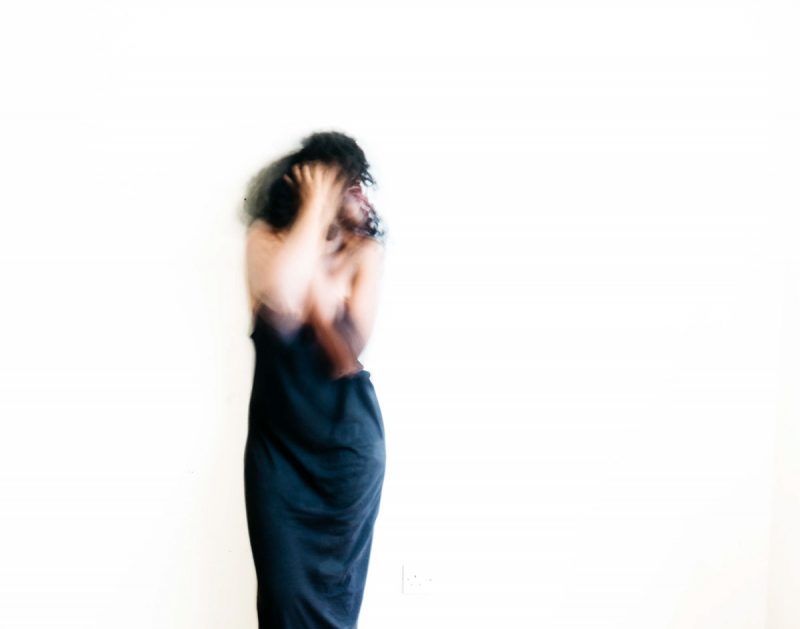


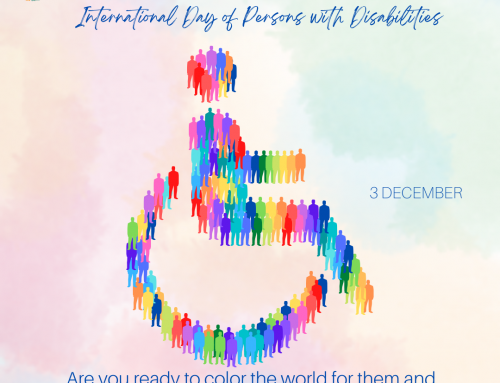







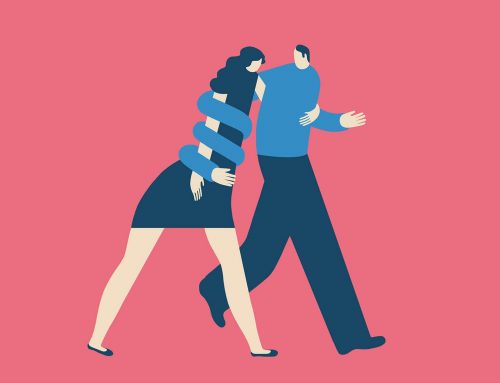



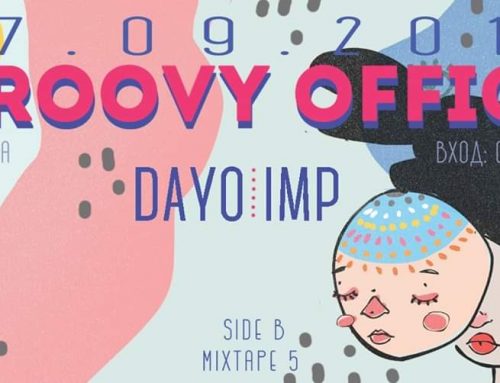











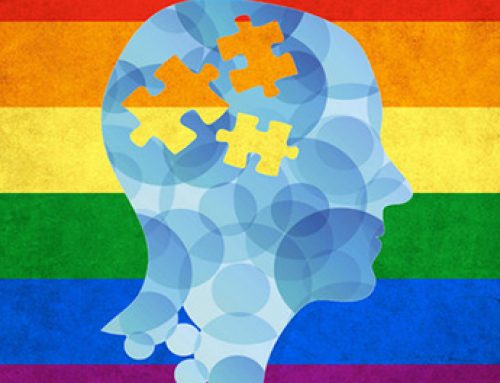




[…] symptoms of bipolar aren’t automatically always present in the sufferer; they usually come and go. However, the symptoms you can look out for […]